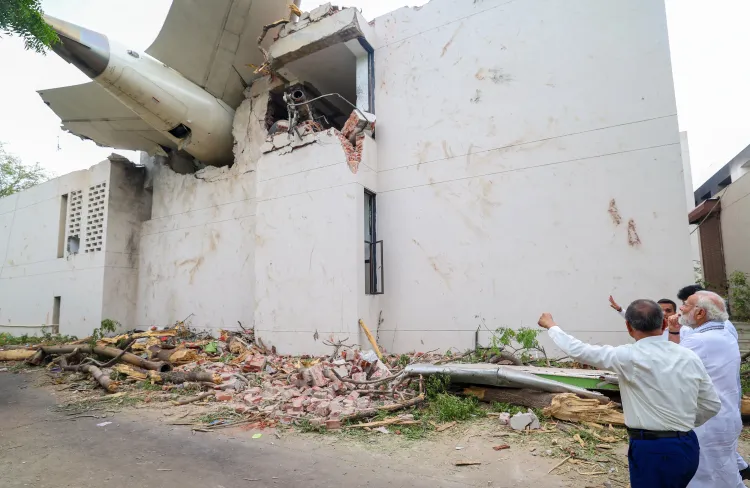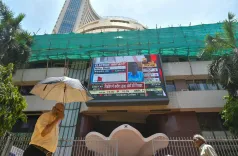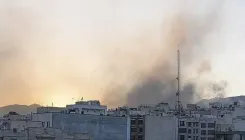How is the Centre tightening control over physical obstructions after the Air India crash?

Synopsis
Key Takeaways
- New draft rules introduced to enhance safety regulations following a tragic crash.
- Authorities empowered to act against height violations near aerodromes.
- Property owners must respond to notices within 60 days.
- Clear appeals process established for demolition orders.
- Public feedback is invited on the proposed regulations.
New Delhi, June 19 (NationPress) Following the tragic crash of an Air India Boeing 787 Dreamliner, the Ministry of Civil Aviation has proposed new draft regulations aimed at enhancing oversight of physical structures that could endanger aircraft safety.
The incident occurred when the aircraft, on its way from Ahmedabad to London’s Gatwick airport, collided with the B.J. Medical College Hostel shortly after takeoff on June 12, resulting in a catastrophic fireball that claimed nearly all lives on board and several on the ground.
The proposed regulations, named 'Aircraft (Demolition of Obstructions) Rules, 2025', will take effect once they are published in the Official Gazette. These rules are designed to empower authorities to take swift action against buildings and trees that exceed height restrictions within specified aerodrome zones.
Seen as a proactive measure to avert possible accidents due to obstructions in flight paths, the draft regulations stipulate that any structure identified as exceeding the allowed height limits around designated aerodromes will receive a notice from the officer-in-charge.
Property owners are required to provide essential information, including site plans and structural measurements, within 60 days of receiving such notice. Failure to comply may lead to enforcement actions, which could involve the demolition or trimming of the offending structure.
If the Director General of Civil Aviation (DGCA) or an authorized representative finds a structure in violation, they may issue a formal order for demolition or height reduction.
Property owners will have a period of 60 days to comply, with a potential second extension of another 60 days permitted only under valid circumstances.
The draft also allows officials to conduct physical site inspections during daylight hours after informing the property owner. If cooperation is denied, the officer may utilize available information and escalate the matter to the DGCA.
A clear appeals process is outlined in the draft rules, enabling property owners to contest demolition or trimming orders before the First or Second Appellate Officer by submitting the required form, supporting documents, and a fee of Rs 1,000.
Moreover, the regulations state that only those who adhere to official directives will be eligible for compensation under Section 22 of the Bharatiya Vayuyan Adhiniyam, 2024. Structures built in violation of these regulations post-notification will not qualify for any compensation.
The Civil Aviation Ministry has opened the floor for public objections and suggestions within 20 days following the publication of the draft.







